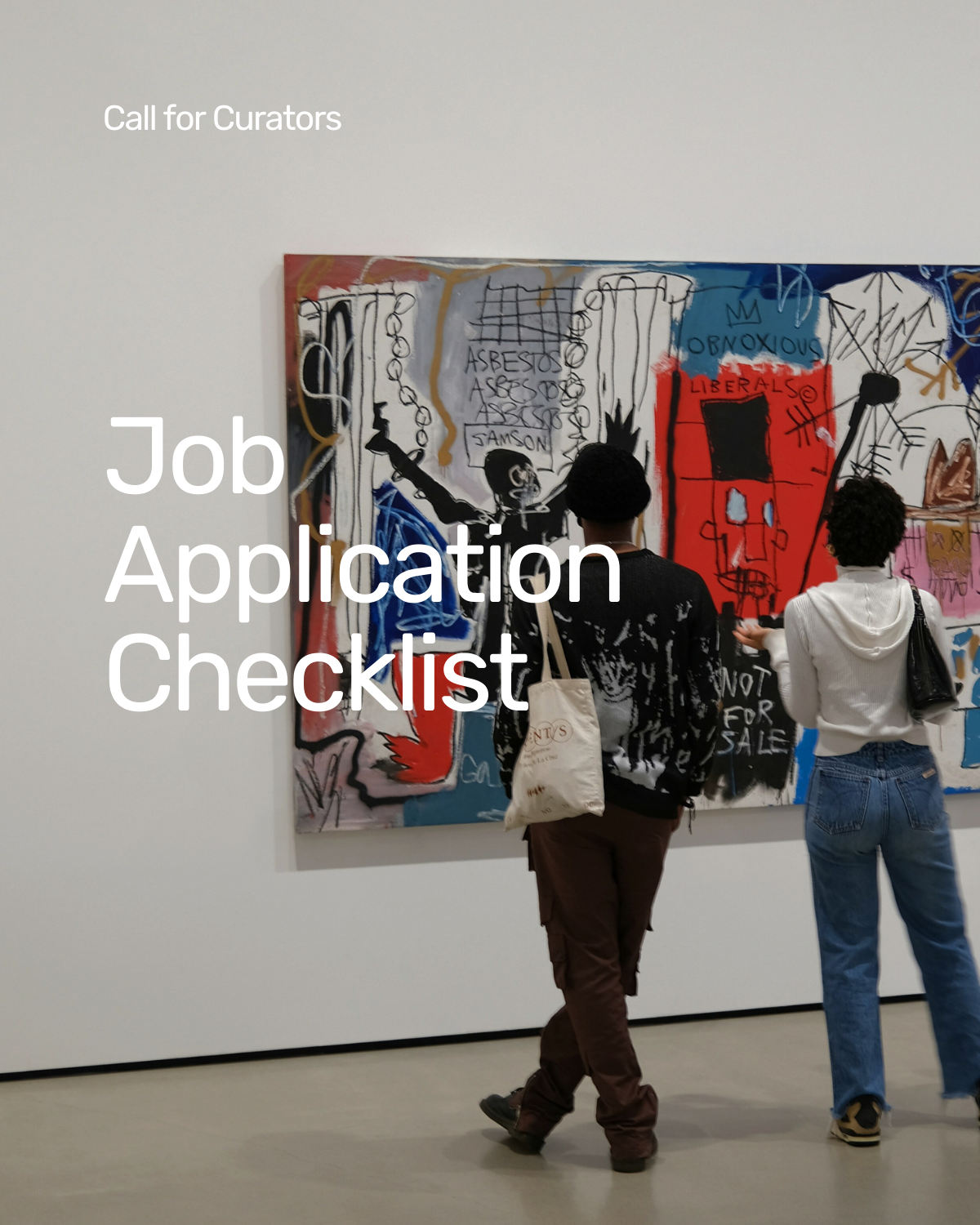
Navigating the Job Market as a Curator
#Job Application #Job MarketWhat Employers are Looking For: New Skills and Flexibility
The role of the curator has evolved significantly beyond traditional collection management. Today’s employers seek professionals who can interpret both historical and contemporary contexts, bringing a critical eye to exhibition-making, digital engagement, and community outreach.
The Museums Association emphasizes the rise of the skills-based curator, noting that transferable skills are increasingly valued over subject specialism. This broadening of the curator’s role underscores the importance of acquiring varied competencies, including digital communication, project management, and an understanding of diverse audiences.
In line with this trend, The National Trust highlights the need for curators to engage with diverse audiences and develop innovative interpretation methods to make cultural heritage more accessible and relevant. Similarly, the Barbican Centre’s job description outlines that modern curators should stay informed about significant developments in visual culture, history, and critical theory, bringing this knowledge to all programming discussions.
Where to Find Curatorial Job Listings: Curated Platforms and Beyond
The job market for curators is wide-ranging, with openings found in traditional museums, galleries, commercial art spaces, and increasingly in digital and hybrid projects. At Call for Curators we list global curatorial opportunities and residencies and offer insights into new trends and industry developments. Additionally, university career services like those from universities, such as University of Cambridge and University of Edinburgh in the UK or The Association of Academic Museums and Galleries in the US provide curated lists of vacancies in culture and heritage sectors.
Crafting a Competitive Application: Making Your Skills Stand Out
In this competitive market, curators must tailor their applications to reflect both the needs of the institution and the evolving responsibilities of curatorial work. Highlighting practical experience and a solid understanding of museum or gallery contexts is essential. Courses in Museum Studies, for instance, are a strong foundation, but experience in project curation, digital initiatives, or even marketing and audience engagement can make you a standout candidate. Think critically about how to demonstrate these in your CV and cover letter, and be specific about your past curatorial projects, showing how you have contributed to shaping exhibitions or public programs. For example, the V&A Museum suggests that curators should have a niche and be involved in developing exhibition ideas, working with collections, conducting research and engaging in public speaking.
For more information and an editable CV template check our article Crafting the Perfect Curatorial CV: Tips and Strategies for Curators.
Networking and Professional Development: Building a Curatorial Career
Networking remains a key part of establishing a career in curating. With the rise of online communities and conferences, you can expand your professional network beyond your geographical location. Attending webinars, joining curatorial platforms, and participating in specialized groups will keep you connected to others in the field. Consider joining forums, LinkedIn groups, or attending online reading groups to meet others who share your interests. Additionally, lifelong learning and continuing education courses can significantly strengthen your curatorial practice and improve your career prospects.
To learn more about making connections in the art world, read our article Networking Tips for Aspiring Curators: Building and Maintaining Professional Relationships in the Art World.
Resources for Navigating the Job Market: A Diverse Selection
- How to Get a Job as a Museum Curator
Insights from the V&A Museum’s blog, covering essential skills and tips for getting started in a museum environment. - Lucy Worsley’s Guide to Becoming a Curator
Renowned curator Lucy Worsley provides a personal and practical perspective on the profession and how to navigate entry into the field. - Becoming a Commercial Art Gallery Manager
This guide explores the specific requirements of working in a commercial gallery, where the skillset extends to sales and client relations. - Call for Curators
A global resource for curatorial jobs, residencies, courses, and educational opportunities in art institutions and cultural organizations. - MuseumNext
A platform offering job insights, articles, and the latest trends in museum studies, with a focus on future-oriented practices.
Summary
Navigating the curatorial job market today requires adaptability, continuous learning, and an ability to engage with the digital and public-facing aspects of art and culture. As the role of the curator continues to evolve, so does the landscape of job opportunities, offering exciting new paths in non-traditional spaces. By focusing on expanding your skills, exploring diverse job boards, and actively networking, you can position yourself effectively within the current market. Stay proactive and connected to both traditional and emerging opportunities to keep moving forward in your curatorial career.
Download our Job Application Checklist
To help you get started in the art and culture job market, we’ve prepared the Job Application Checklist which provides clear, actionable steps to ensure your application stands out. Use this checklist as a guide to stay organized, proactive, and prepared at each stage of the application process, giving you a strong foundation to land your next curatorial role.
Members can log in to access the workbook, and if you’re not a Member yet, take advantage of our free trial to explore this and other valuable resources.
Member Login Please sign in below if you are a returning Call for Curators member.
If you have not yet created your account, please register now and join free for a week. Cancel anytime.This content is restricted to members only.








